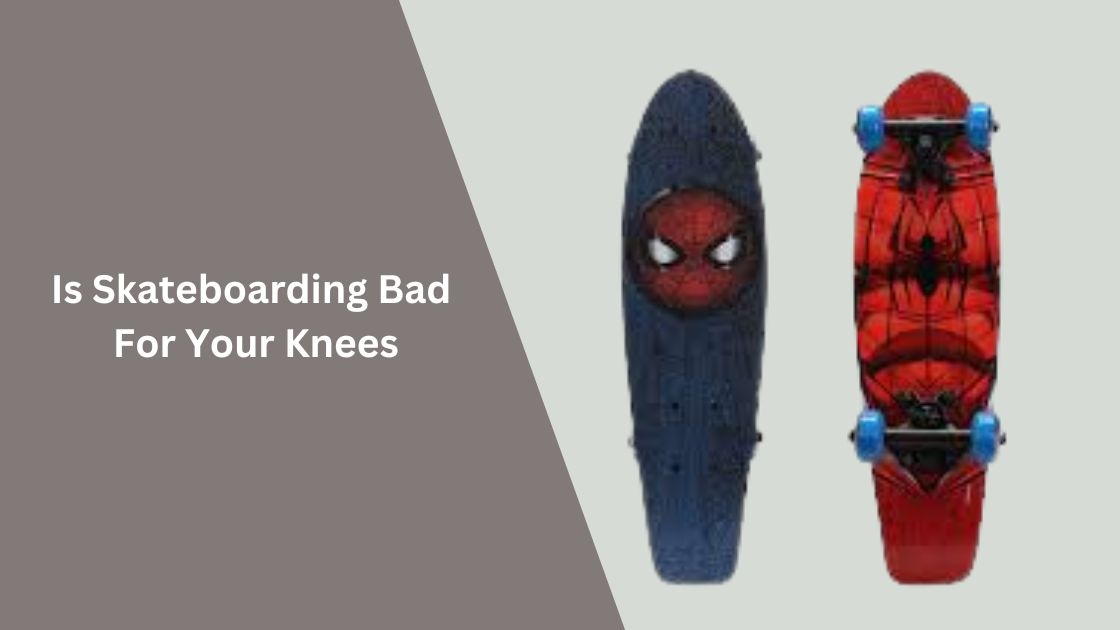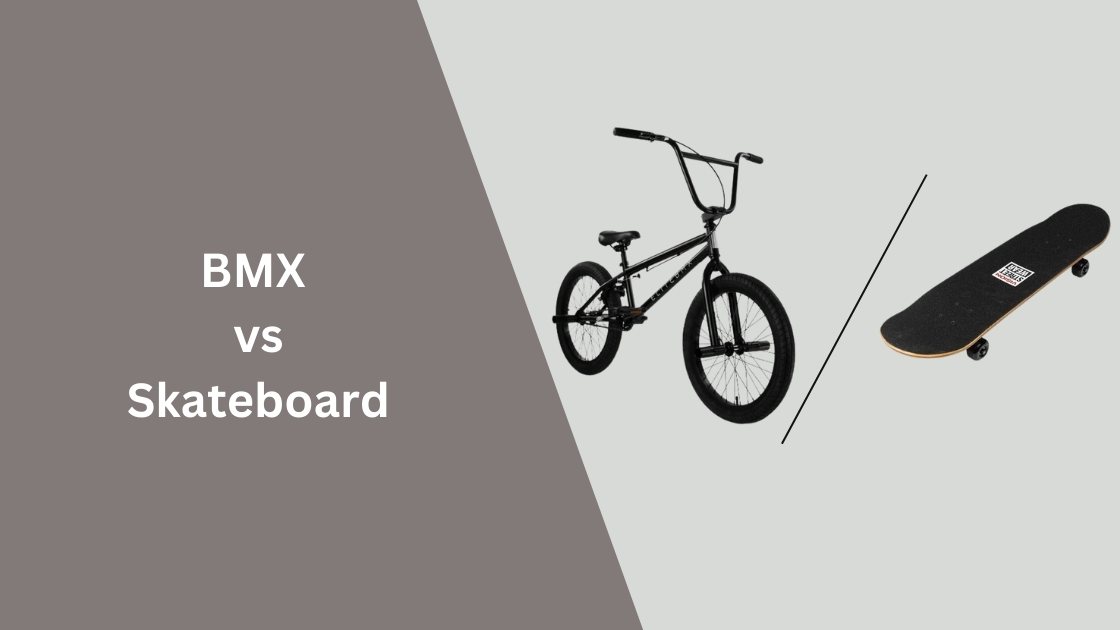Getting an injury while skateboarding can be an unpleasant experience. However, it is important to know what injuries you can expect while riding a skateboard. You can avoid some of the most common injuries by following a few simple tips. These tips will help you improve your skating skills, strengthen your knees and keep you safe.
Is Skateboarding Bad for your Knees
Skateboarding is a good exercise if done with knee pads and proper care. It isn’t as bad for your knees as many people may believe. In fact, you can actually improve your knees’ flexibility and mobility by doing the right things. Performing the right tricks and bending your knees are two of the best ways to reduce your risk of injury.
Is Skateboarding Bad for your Body?
Whether you are new to skateboarding or you have been doing it for years, there are some things you should know about skateboarding and its health benefits. It is a great way to burn calories, reduce stress and improve your fitness. It can also reduce your risk of diabetes, heart disease, high blood pressure and obesity.
Aside from the health benefits, skateboarding also helps you put things in perspective. It also strengthens your muscles and improves your reflexes. It can also improve your pain tolerance.
Injuries can be prevented by practicing proper technique and wearing protective gear. However, there is no way to avoid them entirely. They may occur due to a fall or an accident with sharp objects. However, they are not the most serious injuries.
Some of the most common injuries in skateboarding include bruises, broken bones, and facial injuries. Skateboarding burns between 150 and 500 calories an hour. This is a good amount of exercise. However, it can also wear out your joints.
Does Skateboarding Ruin your Knees?
Whether skateboarding is good for your knees or not is something that depends on the person. If you are a beginner, you should consider wearing protective gear. Also, make sure you learn how to fall safely. If you have any concerns about your knees, visit a doctor.
Skateboarding is a sport that involves a lot of bending and jumping. You can develop a lot of pain in your knees when you are jumping. It is recommended to stretch before skating. This will reduce the risk of injuries.
If skates are too big, they may cause pain. Also, they may limit your ankle’s range of motion. You should also wear knee pads. This will reduce the risk of bruising and cuts. It will also absorb impact when you fall.
If you fall off your board, it is important to land on your feet instead of your knees. This will reduce the risk of a severe knee injury.
You should always wear protective gear when you are skateboarding. If you are a beginner, you may find it hard to keep your knees stable. This is because your joints are not used to this activity.
Most Common Skateboarding Injuries
Despite the many benefits of skateboarding, the sport is also associated with injuries. According to the American Academy of Orthopedic Surgeons, the most common injury includes broken wrists.
Ankle injuries are also common. They can happen when the skateboarder falls, either forward or backwards. The impact can cause sprains or fractures to the ankle.
Bruising is also a common occurrence in skateboarding. The bruises will not be life-threatening, but they can cause discomfort. The pain will be reduced with over-the-counter pain medication.
Head injuries are another common skateboarding injury. Head injuries can occur when the skater loses balance or loses control. Skaters should wear a helmet to prevent head injury.
Head injuries may also result from blunt trauma. Skaters can break their jawbones or noses. If the skater loses consciousness, they should go to the hospital.
Other common skateboarding injuries include wrist fractures, concussions, broken bones, and rib fractures. Bruising is common due to its impact and can be treated with over-the-counter pain medication.
Shoulder injuries can also occur when a skateboarder falls. These injuries are common when the skater’s arms are outstretched. They can also occur when a skater jumps down a stair or down a ramp.
Is Skating Good for knees?
Despite the popular belief that skateboarding is bad for your knees, this sport is a great way to burn calories, strengthen your quads, hamstrings, and glutes, and improve your overall coordination. However, it’s important to be careful when skating. You need to know the proper safety measures, and you may also want to use protective gear.
Skateboarding is a high-impact sport, so it’s not surprising that it can lead to knee injuries. These injuries may include tendonitis, sprains, and fractures.
The main reason for these injuries is the repetitive force on the knees. Skaters should wear protective gear before they start skating. It’s also important to stretch after a skate session to relieve the stress on the knee ligaments.
Skaters also need to wear knee braces if they want to avoid injuries. This type of brace can prevent sprains and help strengthen the ligaments in the knee joint.
Another good exercise for your knees is the squat. Squats are good for your back as well, as they help to improve your balance.
How to Prevent Injury Knees While Skateboarding
Having a knee pad while skateboarding can help to protect your knees from injury. However, it is important to remember that skateboarding can be a dangerous activity.
Knee injuries can occur during ollies, sliding, and landing jumps. However, it isn’t uncommon for skaters to forget to bend their knees when landing. This can lead to a chain reaction. If the knee is bent when landing, the knee will absorb the impact and prevent injury.
Skateboarding can cause knee injuries because of the high impact. Even the slightest bump can cause significant injury. Injuries can also occur when skaters fall off their boards.
When skateboarding, it is important to remember to warm up before a session. Using warm muscles can help reduce stress on your knees. This is especially true on rough surfaces.
Also, bending your knees while landing can help your muscles absorb the impact of the skateboard. This is especially important when skateboarding off stairs and ledges.
If you are experiencing knee pain, you should visit a doctor for proper treatment. Pain in the knee is often caused by a condition called patellar tendonitis. This is a common injury that occurs when the patellar tendon is overused.
Is Skateboarding Safer than Biking?
Whether you are a beginner or an expert, there are a few key differences between biking and skateboarding that can help you determine which will be best for you. Biking is faster and more efficient than skateboarding. You will also have a less difficult learning curve with bicycling. Whether you are commuting in your neighborhood or commuting to the office, biking can be a great option for you.
Bicycling is also easier than skateboarding on flat terrain. You will not have to deal with rolling over bumps or cracks in the ground, which can be very painful. Bikes have brakes and wheels, which make them much safer on rough surfaces.
Biking is also faster than skateboarding, with the average cyclist traveling two miles per hour faster. Bicyclists are also more cautious than skaters, which makes them less likely to get into accidents. However, it does take a little more skill to ride a bike on rough surfaces.
Skateboarding and bicycling are both great ways to get around town. However, skating has a higher risk of injury than bicycling.
How do I strengthen my knees for Skateboarding?
Whether you’re skateboarding for fun or competitively, it’s important to know how to strengthen knees. If you don’t, you might end up with painful knees and back problems.
One of the best ways to strengthen your knees is to do step-ups. For these exercises, you’ll need a small platform to hold onto. You’ll also need to squat down, which will allow your knees to bend. You’ll also want to work on your ankle mobility.
If you’re skateboarding with a pair of skates, you’ll also want to wear protective gear. You’ll also want to work on core strength. Combined with a good skateboarding workout, core training can help you prevent injuries.
You can work on your hamstrings and lower back as well. You can also strengthen your glutes and quads, which will help your knees support you.
Another way to strengthen your knees is by bending your knees during your skateboarding. This can help your knees absorb impact and improve your posture.
Skateboarding can put a lot of stress on your knees, so it’s important to warm up before a session. This can help your body adjust to the stresses and increase blood flow to the muscles.
Conclusion
Skateboarding is not bad for your knees. Performing skateboard tricks on flat ground can lead to muscle strains, if not properly prepped. The kinks can be worked out by warming up and massaging the joints. It’s a good idea to get a health professional’s opinion before trying a new trick.
It’s true that skating can lead to knee injuries, it’s important to know how to avoid them. One way is to avoid performing jumps that are too hard, too fast, or too many times. You also want to be careful about ollies and jumps on stairs and ledges. The best way to avoid knee problems is to wear knee pads. If you’re on a tight schedule, try to limit yourself to one trick per session.
A good warm up before a session can reduce the impact on your knees. It’s also a good idea to stretch before and after your session.
More Posts:




